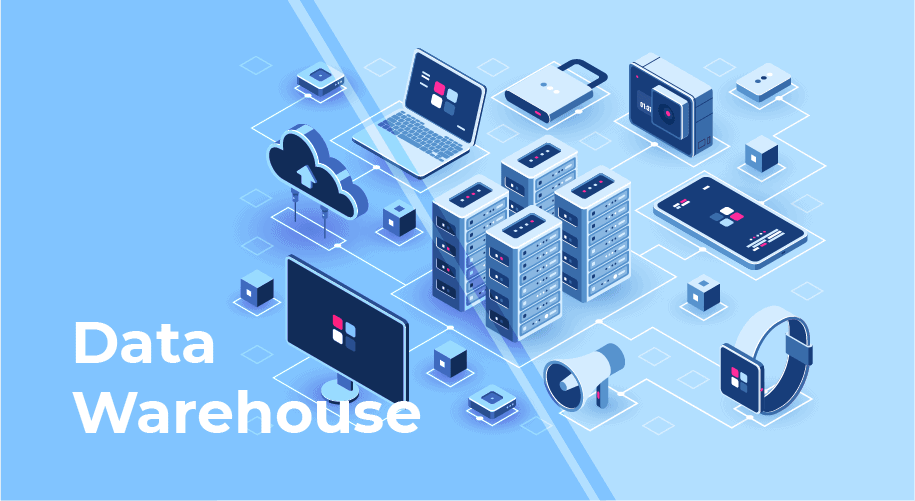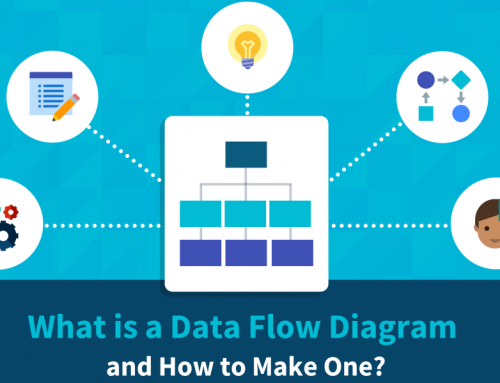Data Warehouse 101
Today, with the rapid development of technologies such as the Internet and the Internet of Things, more and more data is generated, and data management tools have also been developed rapidly. Concepts related to big data have sprung up, such as databases, data warehouses, metadata management and data lakes etc. In our previous article, we detailed what a data lake is and how it benefits your business. Today, in this article, we will introduce what is a data warehouse, what are its advantages, how it differs from a data lake, and more.
What is a data warehouse?
With the large-scale application of databases, the data in the information industry has exploded. In order to study the relationship between data and mine the hidden value of data, more and more people need to use online analytical processing (OLAP) to analyze data and mine some deep-level relationships and information. However, data sharing between different databases is difficult, and data integration and analysis are very challenging.

what is a data warehouse
In order to solve the problem of enterprise data integration and analysis, computer scientist Bill Inmon proposed the concept of Data Warehouse in 1990. The main function of it is to OLAP the large amount of data accumulated by OLTP over the years through its unique data storage architecture, and finally help decision-makers to quickly and effectively analyze valuable information from a large amount of data and provide decision support. Since the emergence of data warehouse, the information industry has gradually developed from an operational system based on a relational database to a decision support system.
What are its advantages?
It has unique advantages in efficiently analyzing large volumes of disparate data, extracting value from the data, and preserving historical records. Bill Inmon defined four characteristics of the data warehouse, laid a solid foundation for its powerful advantages.
- Subject-oriented: it can efficiently analyze data about a specific subject or functional area, such as sales.
- Integration: it creates consistency between different data types from different sources.
- Relatively stable: After entering the data warehouse, the data will remain stable and will not change.
- Reflecting historical change: Data warehouse analysis focuses on reflecting historical change.
A well-designed data warehouse supports high-speed queries, high data throughput, and excellent flexibility to help users subdivide or reduce data volumes to perform more detailed data inspection and meet the needs of high-level and refined data management.
How to design a data warehouse?
Before you start designing, you first need to identify the business requirements, agree on the business scope and develop a conceptual design, and then create the logical and physical design for the data warehouse. Among them, logical design focuses on the relationship between objects, and physical design focuses on how to store and retrieve objects in the best way. Of course, the physical design also includes transfer, backup, and recovery processes.
Any data warehouse design must address the following issues:
- specific data content;
- relationships within and among data sets;
- system environment supporting data warehouse;
- data conversion type;
- data refresh frequency
In addition, the needs of end users are also an important issue in data warehouse design. Typically, most end users are concerned with performing analysis and viewing aggregated data, not individual transactions. In fact, end users don’t know exactly what they want until specific needs arise. Therefore, explore and anticipate end-user needs as much as possible during the planning process. Finally, the data warehouse design should leave enough room for expansion and growth to accommodate changing end-user needs.
How is it different from a data lake?
A data lake is mainly used to store data centrally. It is like a storage database. It can store both unstructured and structured data and is often used to process unstructured data, while data warehouse is a large capacity repository, it is mainly used to store a large amount of structured data, but also can be analyzed.
The application areas of data lakes are very broad. It can be used in the field of logistics, but also in the field of manufacturing and so on. The field of data warehouse application is also very wide, because its capacity is very large. It can be used in the operation of major enterprises. Before further development, many enterprises will conduct market analysis through data warehouses, because the market data is very large. In addition, it can also be applied to decision analysis, because it can mine the laws of historical data, which is very helpful for decision-making.
The difference between a data lake and a data warehouse is not particularly big. Both of them are very helpful for the development of the organization, because the analysis of data is very objective, and the data lake and data warehouse can provide users with a large amount of data to make correct decisions.
What is a cloud data warehouse?
It refers to the data warehouse that uses cloud technology to extract and store data from different data sources. Initially, the data warehouse was built on a local server. Today, these on-premises data warehouses still offer many advantages, in some cases offering a higher level of governance, security, and speed.
However, on-premises data warehouses are less resilient, requiring companies to go through complex forecasting to determine how to expand the data warehouse to meet future demands. In addition, on-premises data warehouses are also very complex to manage.
In contrast, cloud data warehouses offer the following advantages:
- high flexibility, can independently expand computing capacity and storage capacity;
- highly scalable, flexible to meet computing or storage requirements;
- easy to use, easy to manage, and cost saving;
The ideal cloud data warehouse should support full hosting and autonomous driving, ensuring that even beginners can create and use a data warehouse with just a few clicks. In addition, most cloud data warehouses use a pay-as-you-go model, which can save even more money.
Conclusion
Thank you for reading our article and we hope it can let you have a better understanding of what is a data warehouse. If you want to find more information about it, we would like to advise you visit Gudu SQLFlow official website for more information.
As one of the best data lineage tools available on the market today, Gudu SQLFlow can not only analyze SQL script files, obtain data lineage, and perform visual display, but also allow users to provide data lineage in CSV format and perform visual display. (Published by Ryan on May 31, 2022)
2 Comments
Leave A Comment
If you enjoy reading this, then, please explore our other articles below:




[…] endless raw data from disparate sources, you’ve probably already considered using a cloud data warehouse such as Snowflake to address these two common data integration use […]
[…] is a fundamental aspect of most data integration and data management tasks such as data wrangling, data warehousing, data integration, and application […]